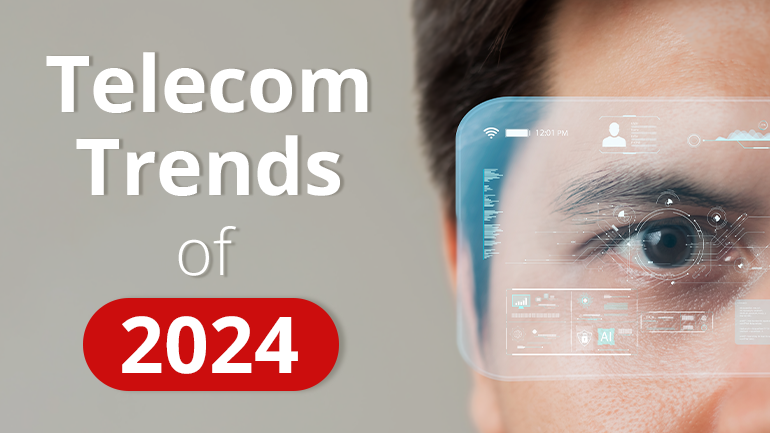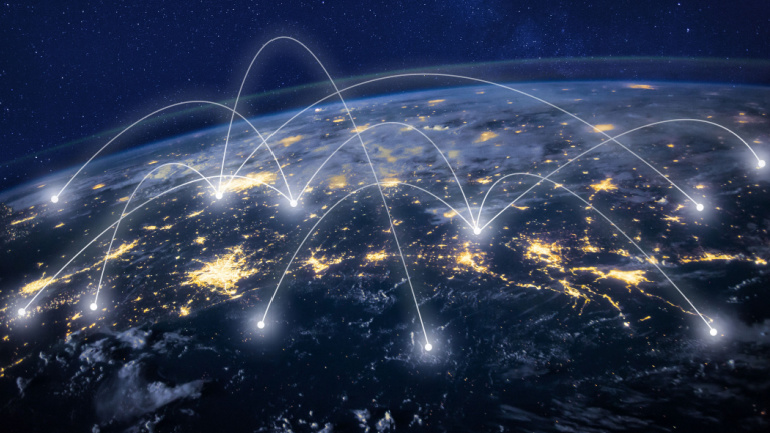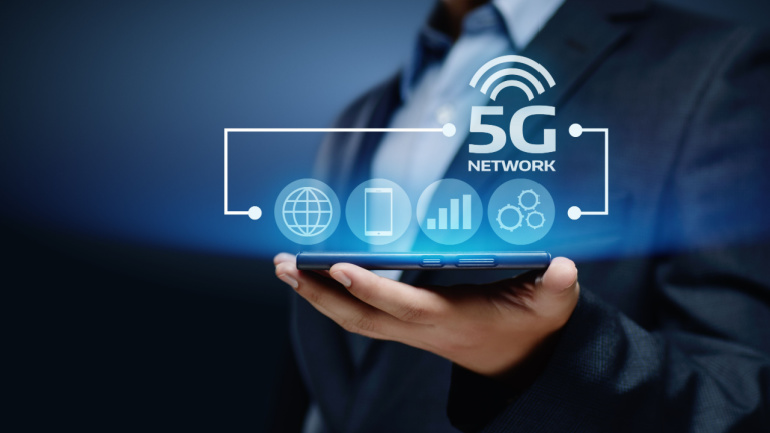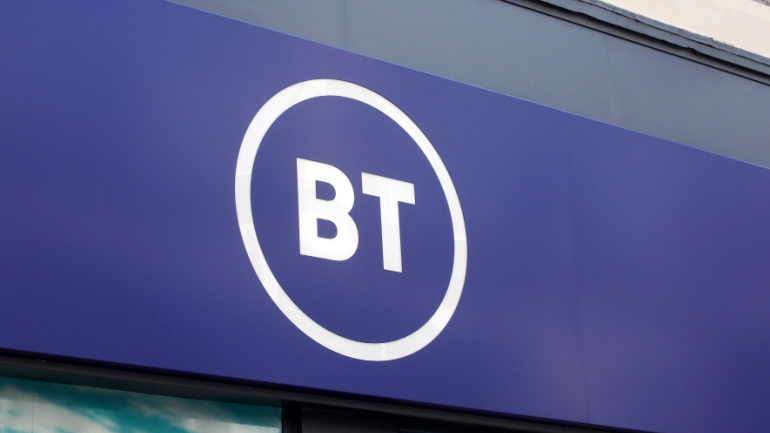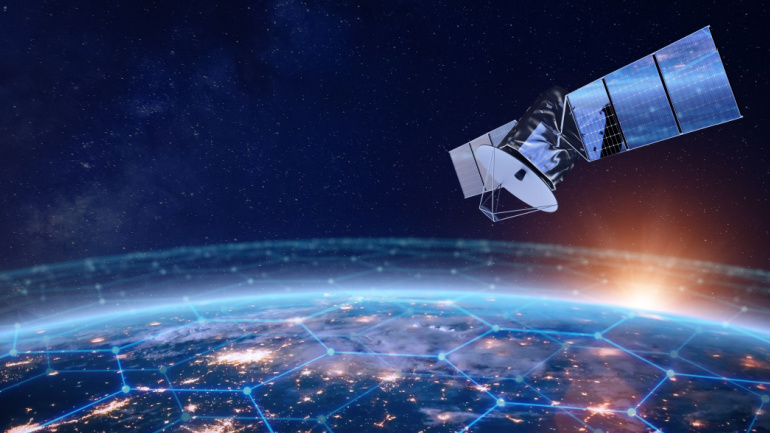In 2024, the telecom industry is witnessing a transformative shift driven by evolving customer needs, technological advancements, and environmental concerns. Key trends include the rise of self-service platforms, the migration to VoIP as PSTN becomes obsolete, standalone 5G networks taking center stage, AI integration for enhanced connectivity, and a strong commitment to sustainability. These trends are reshaping how telecom carriers operate and innovate, promising new opportunities in a rapidly changing landscape.
In an exciting partnership, DZS and Andorix are commanding a digital transformation by converting landmark buildings across North America into fiber-based smart-buildings. By integrating DZS’s FiberLAN technology and Andorix’s PON service, they’ve not only availed historical sites to meet today’s digital demands but also brought considerable operational and capital savings.
In a strategic move that could redefine the trajectory of Vodafone’s future, the telecom giant has entered into a comprehensive 10-year partnership with Microsoft. Covering all Vodafone markets in Europe and Africa, this collaboration aims to reach a staggering 300 million people.
In a recent study by Juniper Research, the forecast for 5G service revenues in 2024 shows a substantial increase of 32%, reaching an impressive $400 billion. As consumer 5G adoption approaches saturation, the study emphasizes the crucial role of 5G Advanced and 5G RedCap (Reduced Capacity) in sustaining this growth, particularly by targeting enterprise IoT users.
BT’s recent talks with SpaceX to leverage Starlink’s LEO satellite fleet for remote connectivity in the UK has sparked curiosity, especially given BT’s current partnership with OneWeb, Starlink’s competition. It’s speculated that Starlink’s innovative direct-to-device capabilities, which promise unblemished global coverage without a need for a terminal, could be the allure.
Ooredoo drives Qatar National Vision 2030 with a widespread fiber rollout, covering 99.9% of households, maintaining high service levels and introducing innovative technologies. Vodafone UK advocates for the implementation of 5G SA technology, citing its transformative impact on industries, such as renewable energy and agriculture. CableLabs has made strides in deploying 10G network in 2023, advancing DOCSIS 4.0 technology, issuing CPON architecture specifications, and accelerating FTTP adoption. Microsoft’s new Copilot key represents a groundbreaking addition to Windows keyboards, integrating AI seamlessly and signaling a significant shift after three decades.
In a groundbreaking collaboration, T-Mobile US and SpaceX are gearing up for the field testing of Starlink satellites, heralding a significant stride in eliminating mobile coverage dead zones. While the exact date for the commencement of field testing remains undisclosed, T-Mobile is optimistic about its imminent initiation, stating that the low-Earth orbit deployment of satellites sets the stage for the forthcoming trials.
Hyundai Motor and Kia are revolutionizing the amalgamation of mobility and living spaces by proposing the consolidation of home and car services. Assisting in this groundbreaking initiative is Samsung Electronics, providing the potential to transform our relationship between home and car via ‘Car-to-Home’ and ‘Home-to-Car’ services. This change promises remote control over various appliances through voice commands, as well as the ability to monitor and manipulate vehicle functions from home.
In the narrative of AI revolution, the telecom sector often remains overshadowed. Juniper’s ‘Top 10 Telco Trends 2024’, highlights how AI dominates even in this crossroads digital landscape. However, a critical question evolves – is our telecom infrastructure ready to steer the AI wave? As we plan to create AI-powered golden era, it’s imperative that our static infrastructures are fit for purpose to manage this data deluge.
A surge in data roaming is poised to take center stage, driven by the escalating adoption of 5G services among consumers, according to research conducted by Kaleido. The study foresees a substantial 36% annual increase in both consumer and IoT roaming data usage, projecting a remarkable climb to nearly 5,000 Petabytes by the year 2024.



